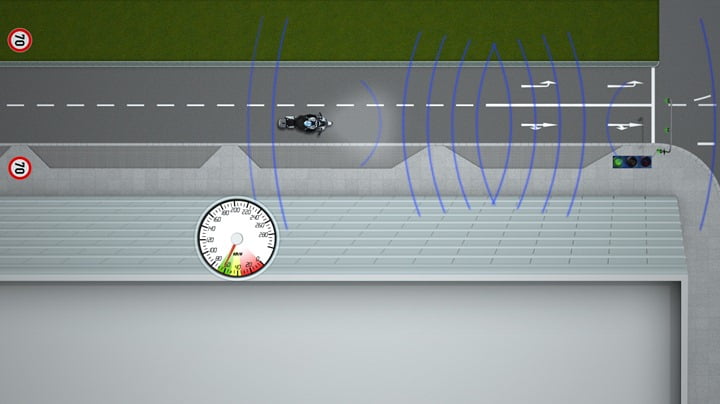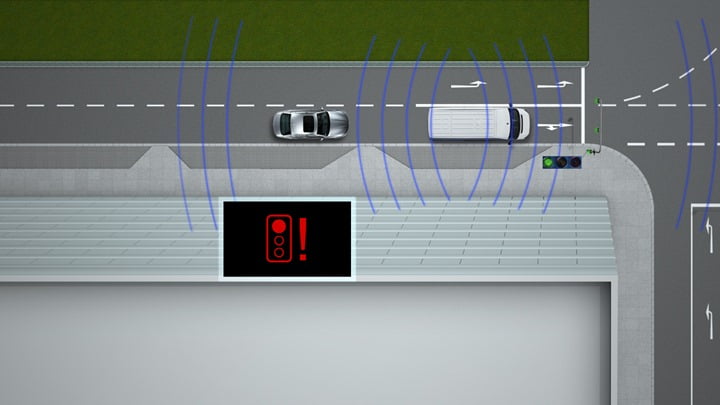BMW has always amazed us with its technological innovations and it is once again in the news for the Car-to-X Communication Technology it is working on. In the past we have seen several technologies that use an array of sensors on vehicles to help drivers commute safely. But the coverage of these sensors is often limited, meaning that they work perfectly in the immediate surroundings of the vehicle but fail to anticipate when the distance is more than the very proximity of the vehicle.
Now BMW has been working on the Car-to-X communication technology that greatly extends the anticipation limits of vehicles and will in future help drivers to look farther, see things that are hidden, and even tell you what is around the corner. BMW along with numerous companies from the automotive and telecommunications industries, the federal state government of Hessen, the city of Frankfurt am Main and a number of prominent universities and research institutes is working on the research project simTD (a German abbreviation standing for Safe Intelligent Mobility – Testing Ground Germany) which the Car-to-X technology is a part of.
Car-to-X communication means networking vehicles and infrastructure with one another electronically, enabling a direct exchange of information between both the vehicles themselves and between vehicles and the traffic infrastructure, such as traffic light systems. So basically it is a comprehensive messaging network that will in the future involve every road user, as it will work more efficiently when used by masses and not just on a handful of vehicles.
How It Works?
Car-to-X communication essentially takes place via wireless LAN and mobile network connections. It is based on high-speed WLAN, which is derived from the high-frequency WLAN standard IEEE 802.11p or ITS G5A and allows real-time communication. The protocol is structured in such a way so as to let different subscribers communicate with one another at the same time, without any interference.
After four years of hard work, a fleet of 120 vehicles will test the technology for the first time in real traffic conditions on autobahns and major highways, and BMW Group is only project partner to have both motorcycles and cars taking part in the trial. Of the 120 vehicles, 25 will be from BMW including 20 cars and 5 motorcycles.
You must be wondering why there are motorcycles in the field trial? Well because BMW always focuses as much on safety of motorcyclists as on car drivers. BMW Motorrad ConnectedRide is an equivalent of BMW ConnectedDrive and is developed specifically for motorcycles. It centres on the development of rider assistance systems on the basis Car-to-X communication. The system will enhance the rider’s safety by displaying advance notifications about situations such as fog, slippery roads or heavy rainfall etc.
BMW is doing a great job by participating in such projects and I am sure you will agree with me. Now what remains to be seen is how soon these technologies will be accepted commercially.



